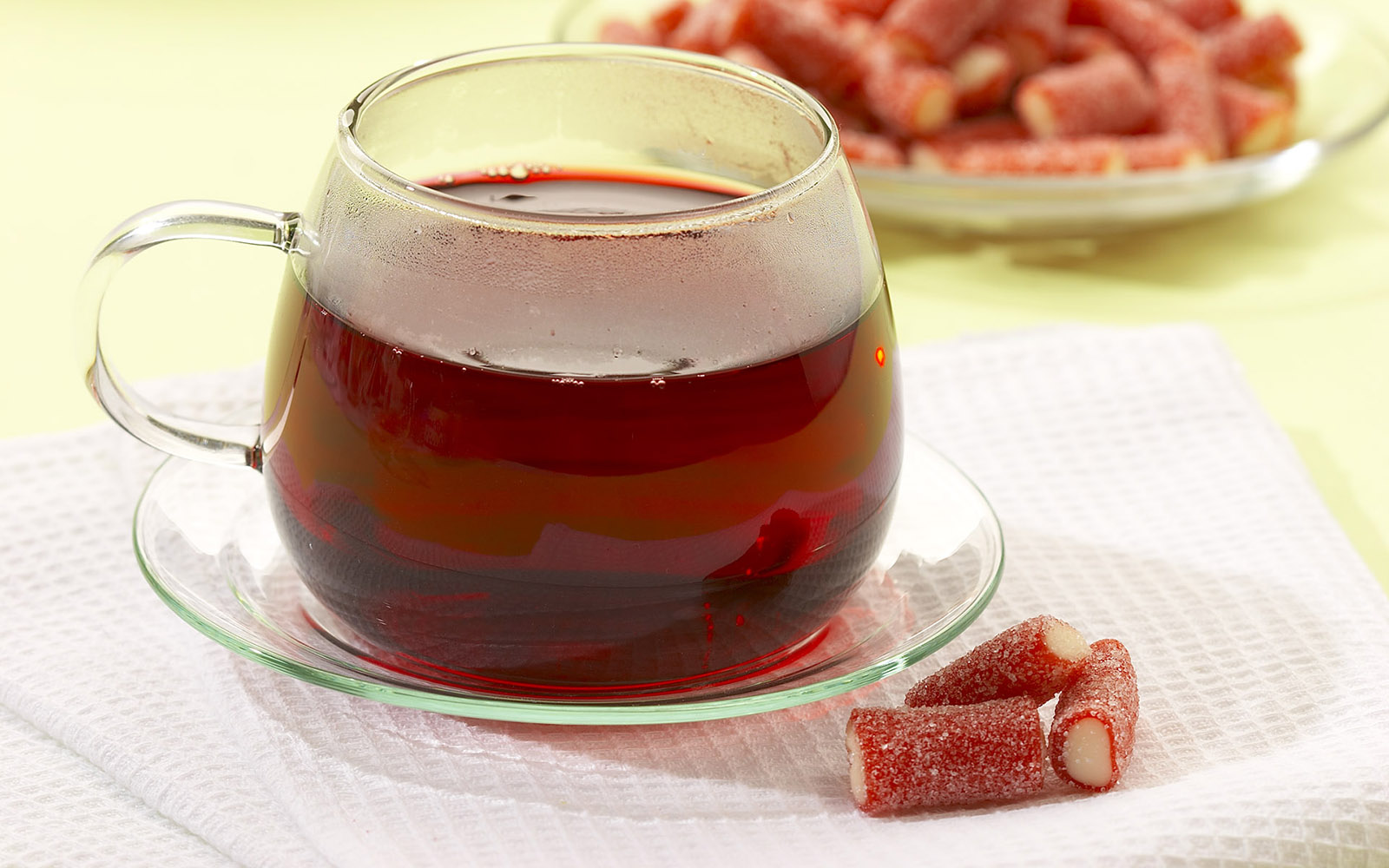by Emily Main
Tea drinkers may already know that drinking tea may help prevent strokes, heart disease, and cancer, and a report in the Journal of Nutrition states that tea is the number one source of flavonoids (those cancer- and cholesterol-busting antioxidants) in the American diet. But if you’re buying your tea at the store, you’re missing an opportunity to set yourself up with a lifetime supply of tea that’s as fresh and pure as you can make it.
The Camellia plant genus, from which all forms of tea are harvested, is amazingly resilient and adaptable, says Douglas Ruhren, a horticulturist at the American Camellia Society. And while most forms of the camellia bush are decorative, the varieties you can use to grow your own tea are getting to be just as popular among home gardeners. “I know a number of people who have camellia nurseries, and for some of them, tea bushes are their biggest-selling camellias.”
Buying the Right Variety
If you want to grow your own tea, stick with a Chinese Camellia variety, says Ruhren. In Latin terms, that’s Camellia sinensis var. sinensis, not to be confused with Camellia sinensis var. assamica, which is an Indian tea; Indian tea plants are less tolerant of the cold. “These are really easy plants to grow if winters are warm,” he adds, “and I think most people would have an easy time growing them.” Tea bushes grow best in zone 7 climates (mostly Southeastern states), which could be why the only domestic tea plantation in the U.S. is located just outside Charleston, South Carolina. But you can grow them just about anywhere as long as you keep them indoors or in a greenhouse in the winter, says Ruhren.
The plants also aren’t very picky about soil. “They’re acid-loving to the extent that most of our common garden plants are acid-loving,” Ruhren says, noting that you can usually grow them in the same type of soil you would a vegetable garden. They grow as well in full sun as they do in shade, but “if your plants are competing with trees that are thirsty, they won’t grow as strongly,” he says. And regarding water, camellia bushes are drought-tolerant and usually survive dry summers better than your average vegetable garden. Tea bushes can succumb to mites, scales, aphids, and caterpillars, but Ruhren says most pest problems can be solved with horticultural oil, a mechanical (not chemical) pesticide that kills pests by suffocating them, without harming birds or other insects.
If you can’t find Camellia sinensis var. sinensis at a local nursery, you can order the plant online from Camellia Forest Nurseries in Chapel Hill, North Carolina.
Brewing Your Tea
Chinese tea varieties are used for green and oolong teas, while Indian varieties produce black teas—which is good for home growers, considering that most of tea’s health benefits have been attributed to green tea.
It takes about two years before the bush is mature enough that you can harvest sufficient tea to brew a reasonable amount, and about five years before the bush reaches the point where you can harvest tea leaves regularly, says Ruhren. “But in five years, if you’re a modest tea drinker, you could have a significant amount of tea,” he adds.
To make the tea, you have to pick the two to three newest leaves, and the leaf bud, on each shoot. What you do with those leaves after that will determine whether you end up with green tea or oolong tea (which falls somewhere between green tea and black tea in terms of taste). For green tea, the Institute of Food and Agricultural Sciences at the University of Florida says to steam or pan-heat the leaves at 480 to 570 degrees F for 10 to 15 minutes while constantly stirring them to keep them from burning. Then dry the leaves in a standard oven or toaster oven at 212 to 302 degrees for another 10 to 15 minutes, and they’re ready to brew.
For oolong tea, you need to allow the leaves to wilt, first in full sun for 30 to 60 minutes then in the shade for another eight to 10 hours. While they’re wilting in the shade, you need to stir them once every hour. Bring the leaves inside, and pan-heat them on low heat, between 121 and 149 degrees F for 15 minutes. Oolong tea doesn’t need to be dried, as green tea does. Traditionally, the leaves are rolled up, either into thin strips or into tiny balls, preserving the leaves’ oils and flavors. As you brew the tea, the leaves unfurl and release their flavor. In China, oolong leaves are customarily brewed two to three times because each steeping process changes the flavor a little bit.
(via Rodale News)







